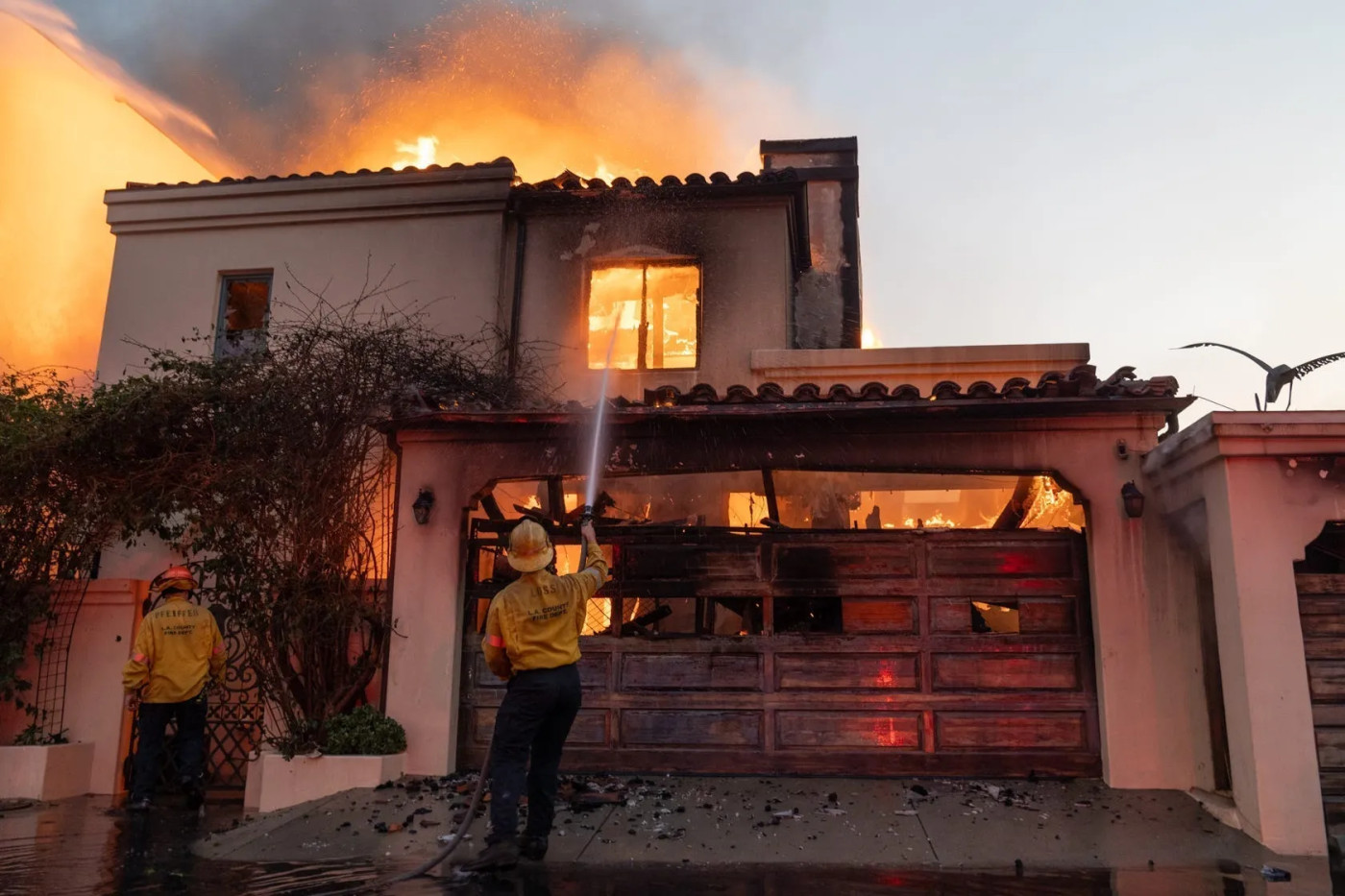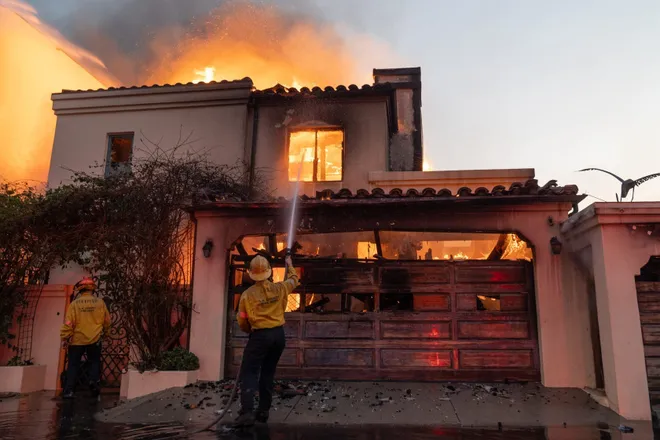
State Farm asks for emergency 22% increase for California premiums, but critics cry foul
Citing what it calls a potentially “dire situation,” State Farm on Monday asked California for permission to hike insurance rates by an average of 22%.
In the wake of the Los Angeles-area wildfires that occurred in January, the insurer said, it has already paid out more than $1 billion to customers, after receiving more than 8,700 claims. And because insurance premiums have been kept artificially low for many years, it was unable to collect the premium dollars it needed.
“Insurance will cost more for customers in California going forward because the risk is greater in California,” the company said in a press release. “Higher risks should pay more for insurance than lower risks. Over the last 9 years, the lack of alignment between price and risk means that for every $1.00 collected in premium, State Farm General has spent $1.26, resulting in over $5 billion in cumulative underwriting losses.”

But some consumer advocates question that argument.
State Farm “has been quite profitable in California over the last several years,” Doug Heller, the director of insurance for the nonprofit, left-leaning Consumer Federation of America, told USA TODAY. “They have built up an incredible fortune in order to deal with crisis. If they feel that they are going to need rate hikes in the future they have a right to go through the process, but to be putting on the emergency siren seems more like trying to bully the state into handing over cash while we’re trying to recover from disaster.”
Pay less to protect your home: Best home insurance policies
Industry trade publication data show that in California, State Farm’s second largest state by written premium dollars as of 2023, its losses were lower than industry averages, Heller said. Meanwhile, the company holds a comfortable surplus – what’s left over after claims and administrative overhead – equivalent to more than 10% of the surplus held by the entire property & casualty insurance industry.
State Farm declined to comment in response to USA TODAY’s questions, referring only to a previously-issued press release. Last fall, the LA Times reported that the company was accused of trying to boost the profits of its parent company while claiming financial distress and asking for a 30% rate hike for California policies.
And last June, the company made three requests for extraordinary “relief” from the standard rate-setting process in California, using a legal process known as a "variance," often used by insurance companies when they believe their solvency is threatened. Those requests included a 30% premium hike for homeowners' insurance, according to industry reports.
"State Farm General’s rate filings raise serious questions about its financial condition," said Gabriel Sanchez, press secretary for the California Department of Insurance, in an email to USA TODAY.
"To protect millions of California consumers and the integrity of our residential property insurance market, the Department will respond with urgency and transparency to recommend a course of action for Commissioner Lara."
While the biggest of the fires that ravaged Los Angeles have now been contained, it will take longer to tally the monetary damages. So far, the state's Department of Insurance shows that over $4 billion of claims have been paid.
More:'What America should look like:' loss in the Altadena fires, and a hard road to recovery
Homeowners are feeling the effects of increasing climate risk through their insurance premiums. On Monday, data analytics firm First Street released a report forecasting more than a trillion dollars worth of lost real estate value as insurance costs and natural disasters continue to rise.
Insurance is a business built on projecting into the future, Heller noted. “You don’t pay for the last disaster with the next premium. (The company has) already collected premiums for this,” he said. If State Farm needs a rate increase, Heller said, it should file a request through normal, non-emergency, channels and let regulators and citizens inspect it.


